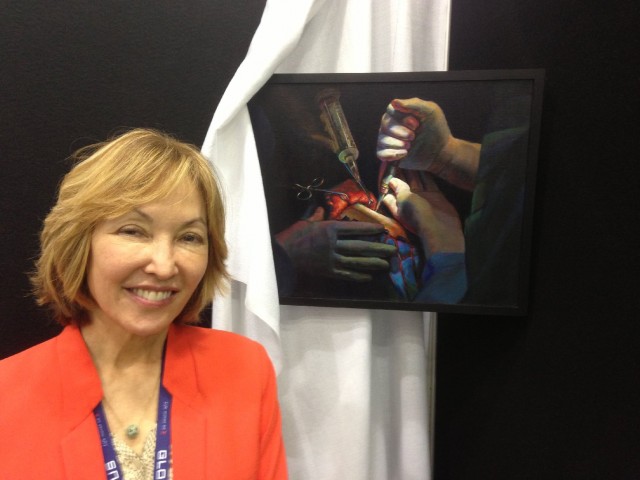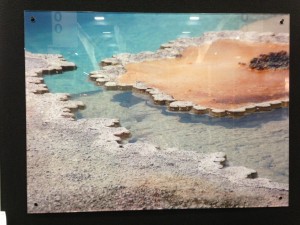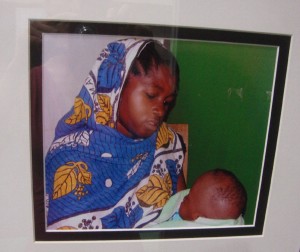
SAN FRANCISCO -- Most of the Moscone Center exhibit hall is full of looming medical machines: brain scanners and brain mappers. Men in suits wait for the wandering neurosurgeon to pass by so they can pounce with their pitch for the latest, greatest technology that will change brain surgery forever.
But back at exhibit booth 630, it’s a different scene. An art show. Paintings and photographs depict abstract interpretations by neurosurgeons of their work, portraits of neurosurgery patients and natural landscapes that offer a striking resemblance to the human brain.
“Music, art, the visual, the senses -- matches and melds with medicine,” says Dr. Kathryn Ko, a neurosurgeon from New York who curated the show. “We like to see that left brain, right brain cross over. It’s a respite where you don’t have to concentrate. You can just let your eyes roam.”
The theme of this year’s American Association of Neurological Surgeons annual conference is “Expanding Neurosurgery” and Ko wanted to expand beyond the scientific. Throughout the exhibit space, she hung sheets of music from Modest Mussorgsky’s "Pictures at an Exhibition." It was an insightful choice for a neurosurgeon. The composer wrote the piano suite after a dear friend died of a brain aneurysm, and he based the work on his experience walking through an exhibit of the friend’s drawings.

